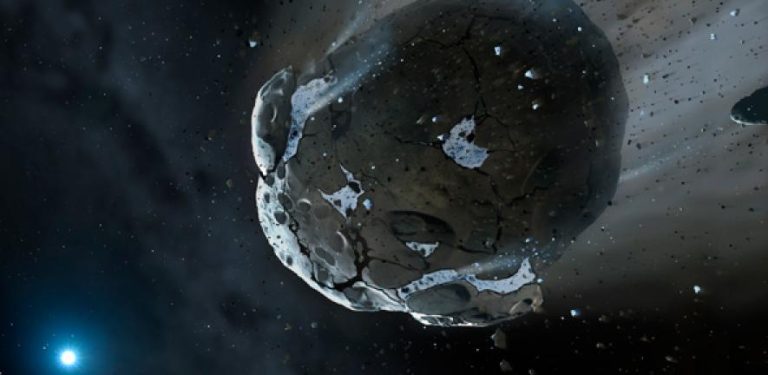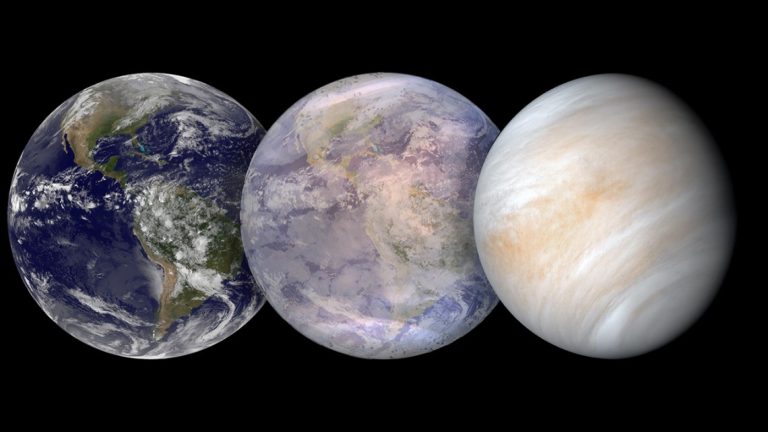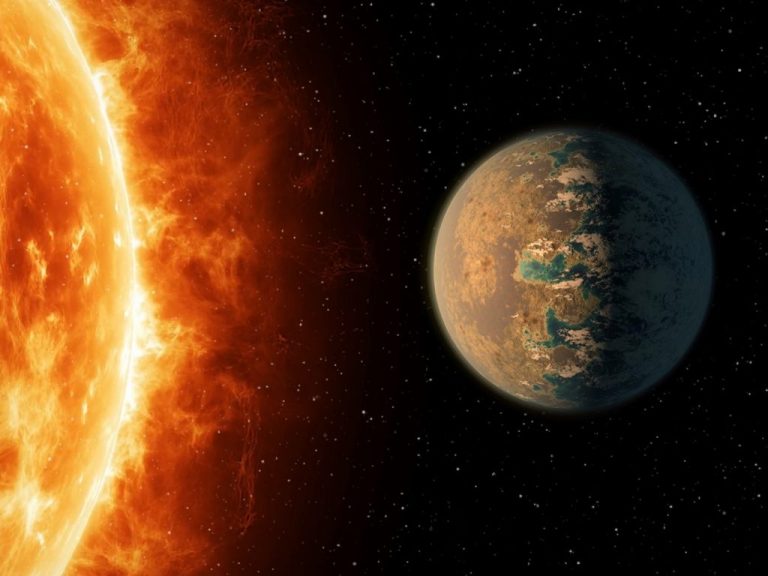“When we explore other worlds, what once seemed the only way a planet could be turns out to be somewhere in the middle range of a vast spectrum of possibilities…”
― Carl Sagan, Pale Blue Dot: A Vision of the Human Future in Space
Mission statement
Recent scientific results show that in our galaxy alone there are billions of planets orbiting other suns. After billions of years of evolution on our own Pale Blue Dot and thousands of years of questioning, we finally have the technology in hand to explore other worlds inside and outside of our solar system. The information generated by the search for signs of life on other worlds also helps us understand and safeguard our own planet — our Pale Blue Dot — better.
The Carl Sagan Institute (CSI) explores factors that determine if a planet or moon can host life and how we could find it by bringing together experts from a wide range of scientific disciplines, who work together with some of the planet’s most talented students at the undergraduate, graduate and postdoctoral level. CSI researchers use the latest data from space telescopes, probes to the solar system’s diverse worlds, field and satellite data on our home planet, laboratory studies of terrestrial organisms, and modeling of complex processes from the astronomical to the biological to explore these profound questions. And CSI researchers participate in the development of the next generation of space- and Earth-based facilities to probe ever deeper and farther.
CSI also interprets these results for the widest possible audience, sharing the fascination of science with everyone who is interested in where humankind stands in the quest to understand our place in the cosmos.
History
The Carl Sagan Institute was founded in 2015 at Cornell University to explore other worlds – how they form, evolve and if they could harbor life both inside and outside of our own Solar System. Directed by astronomer Lisa Kaltenegger, the Institute has built an entirely new research group, spanning 10 departments and including more than 20 faculty who focus on the search for life in the universe.
The research group is embedded in a rich environment of established international interdisciplinary cooperation at Cornell. The Institute’s collaboration brings together researchers from fields as far apart as astrophysics, engineering, earth and atmospheric science, geology and biology to tackle questions as diverse as those about the astronomical context of the emergence of life on Earth.
Support
Thank you so much for considering to support the vision of the Carl Sagan Institute and the Search for Life in the Universe. Gifts to support the Carl Sagan Institute (CSI) should be made out to “Cornell University” with a note that the gift is designated for the Carl Sagan Institute in the Department of Astronomy, College of Arts & Sciences. As these will be gifts to Cornell University, they fall under the university’s 501c3 tax-exempt status.
If making a gift on-line, please select “Other – Arts & Sciences” and fill in “Carl Sagan Institute, Department of Astronomy” in the dialogue box. For further details please contact David K. Whitmore – [email protected]
David K. Whitmore ’96
Associate Dean Alumni Affairs and Development
College of Arts and Sciences Cornell University
130 East Seneca Street, Suite 400, Ithaca, NY 14850
Phone: (607) 255-8478, Fax: (607) 255-6585
Email: [email protected]
The Inauguration of the Carl Sagan Institute, a journey to discovered and undiscovered worlds, was held on May 9, 2015, from 9 am to 6 pm at Kennedy Hall, Cornell University.
Have you wondered…what it was like to find the first exoplanets around dead stars and Sun-like stars? What huge obstacles had to be overcome to launch the groundbreaking Kepler mission? What are the limits of extreme life on Earth? What the newest Kepler results tell us about planets and our place in the universe? How the “origins of life” question connects to the search for exoplanets?
On May 9th, hundreds of people came to Cornell to find out answers to these questions, and more. They were part of the excitement of the search for planets around other stars and the question of whether we are alone in the universe. The day featured inspiring international speakers talking about the challenges and excitement of their search for the first exoplanets, as well as the newest results of the search for Pale Blue Dots. Participants had an opportunity to ask questions and view 3D exoplanet projections and a Lego mock-up showing how transit search really works.
Schedule
In the morning session, speakers shared their discoveries of the first new worlds and what it took to get Kepler off the ground. In the afternoon, speakers looked toward the future, considering the origins and extremes of life and Kepler’s newest results. See videos of the talks here: http://www.cornell.edu/video/playlist/carl-sagan-institute-inauguration
Morning (9 am – noon)
9:00 Welcome
9:20 Pale Blue Dot and Beyond
Ann Druyan (Writer/Producer)
9:45 Holy Toledo! Is That a Planet?
Dave Latham, Harvard-Smithsonian CfA
10:10 A Graveyard Resurrected Star & Its 2nd Chance Planet
Alex Wolszczan, Penn State Univ.
10:30 coffee break
11:00 Some Planets Like It Hot
Didier Queloz, Univ. Cambridge, UK
11:25 Kepler: Pushing a Rock Uphill & Watching It Roll Down
Bill Borucki, NASA AMES
12:00 – 2pm Lunch break
Afternoon (2 pm – 6 pm)
2:00 Planets for Goldilocks & Kepler’s Discoveries
Natalie Batalha, NASA AMES
2:25 Four Suspects to Search for Life in Our Solar System
Jonathan Lunine, Cornell
2:50 Life in the Cosmos: What Does It Take?
Dimitar Sasselov, Harvard
3:10 coffee break
3:40 From Extremophiles to Star Trek:
The Use of Synthetic Biology in Astrobiology
Lynn Rothschild, NASA AMES
4:05 Exploring Pale Blue Dots in the Night Sky
Lisa Kaltenegger, Cornell
4:30 Panel of speakers – ask your questions
Moderator Steve Squire, Cornell
6pm end of the event
Speakers:
Ann Druyan (writer/producer), David Latham (Harvard Smithsonian Center for Astrophysics, astronomer), Aleksander Wolszczan (director, Center for Exoplanets & Habitable Worlds, Pennsylvania State University), Didier Queloz (Cambridge University, astronomer), Bill Borucki (NASA Ames, PI Kepler Mission), Natalie Bathala (NASA Ames, Kepler mission scientist), Jonathan Lunine (director, Center for Radiophysics and Space Research, Cornell University), Dimitar Sasselov (director, Harvard Origins of Life Initiative), Lynn Rothschield (NASA Ames, evolutionary biologist), Lisa Kaltenegger (director, Institute for Pale Blue Dots, Cornell University)





